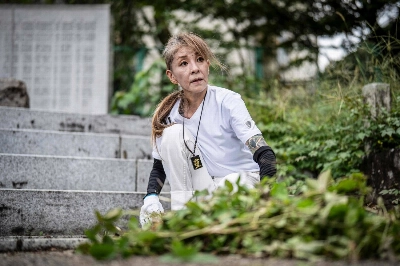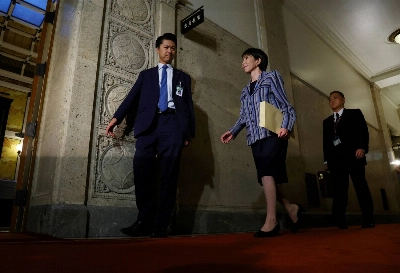Imagine if women were not allowed to set foot on Mount Fuji or Kyoto's Mount Hiei. It's hard to envisage, isn't it? Women are as natural a sight there now as birds or stones -- or men. But little more than a century ago, it would have been hard to imagine them even approaching such places. A scholar at Kansai University's Institute of Human Rights Studies was quoted in this newspaper recently as saying that, before 1872, numerous sacred sites throughout Japan were off-limits to women, not just those two famous peaks. Yet since most such prohibitions were lifted by government fiat, women have done more than approach these venerable sites. They have walked and climbed and prayed there right along with men -- and behold, the sky has not fallen.
The unimaginable turns out to be surprisingly malleable. There were times in human history when it was unimaginable for a society to function without slaves. There were times when it was unimaginable not to execute a religious or political dissident. In most parts of the modern world, such attitudes have been turned on their heads. This lends weight to the case now being mounted against the government's bid to get a site that still bans women included on UNESCO's World Heritage List.
The place in question is the Kiisanchi no Reijo to Sankeimichi (Sacred Sites and Pilgrimage Routes in the Kii Mountain Range and Surrounding Cultural Landscapes). It is an enormous complex -- nearly 500 hectares, occupying parts of three prefectures -- and, on the face of it, an obvious candidate for the prestigious list of cultural and/or natural sites that qualify as "treasures of the past" uniquely worth preserving.


















With your current subscription plan you can comment on stories. However, before writing your first comment, please create a display name in the Profile section of your subscriber account page.